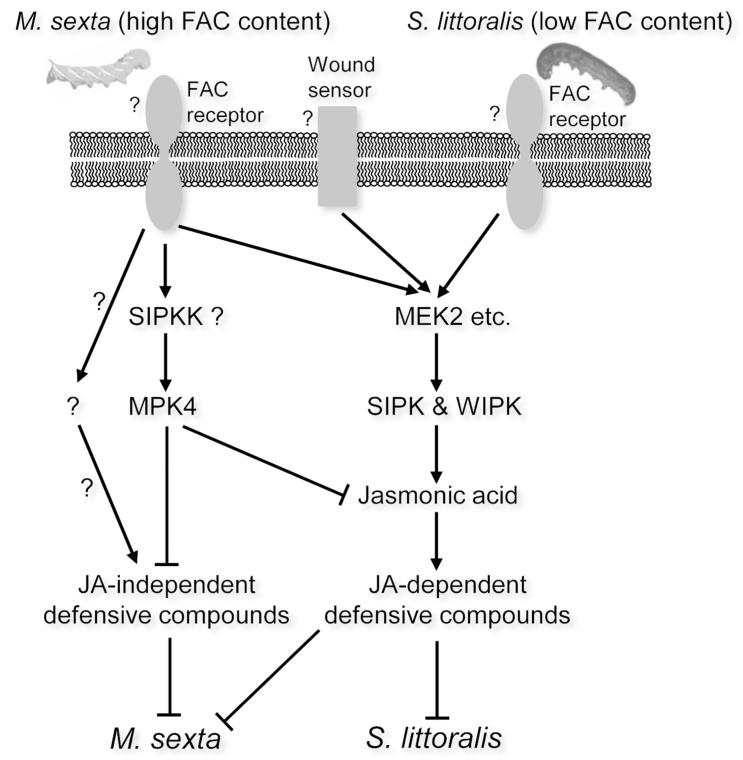Fig. 8. A hypothetical working model summarizing M. sexta- and S. littoralis-induced MAPK signaling in N. attenuata.
The FACs in M. sexta oral secretions (OS) are perceived by a putative FAC receptor in N. attenuata and thereby activate at least MEK2 (Heinrich et al., 2011) and its downstream MAPKs, SIPK and WIPK, which positively regulate the accumulation of JA. Highly increased JA levels induce the biosynthesis of defensive compounds, such as TPI, HGL-DTGs, and caffeoylputrescine. Perception of FACs in M. sexta OS might also activate MPK4 [probably through activation of SIPKK (Gomi et al., 2005)], which suppresses JA levels and more importantly, the accumulation of unknown anti-M. sexta compounds in a JA signaling-independent manner. It is unclear which signaling pathway positively regulates the production of these unknown compounds. Compared with those in M. sexta OS, FACs in S. littoralis OS occur at much lower concentrations and thus do not activate the MPK4 suppressor pathway, but are still sufficiently abundant to activate an amplification of SIPK and WIPK activity compared to mechanical wounding and induce JA-dependent defenses.

